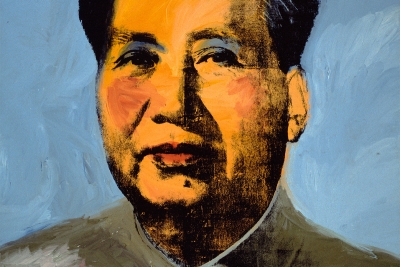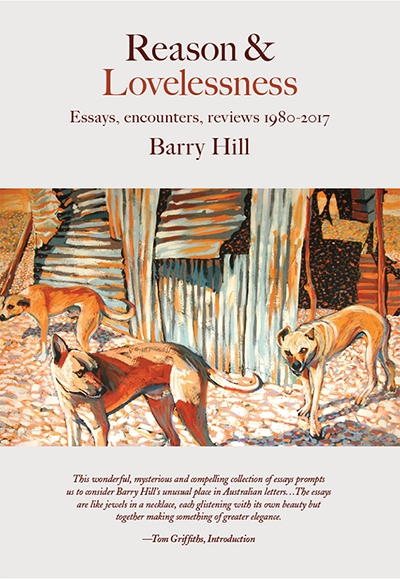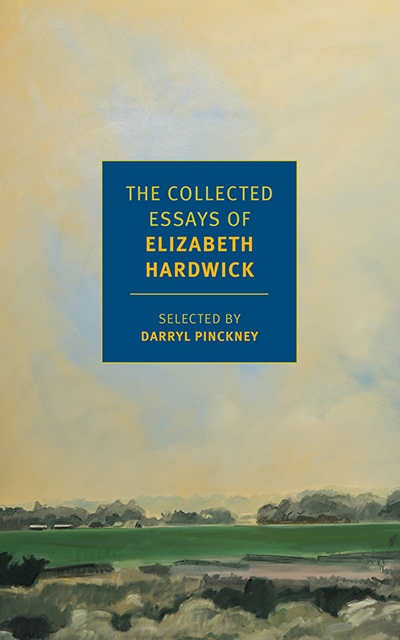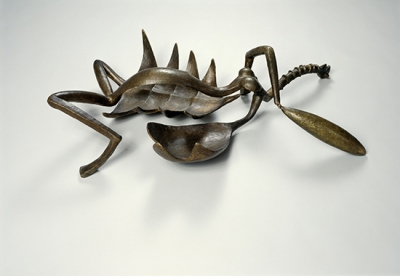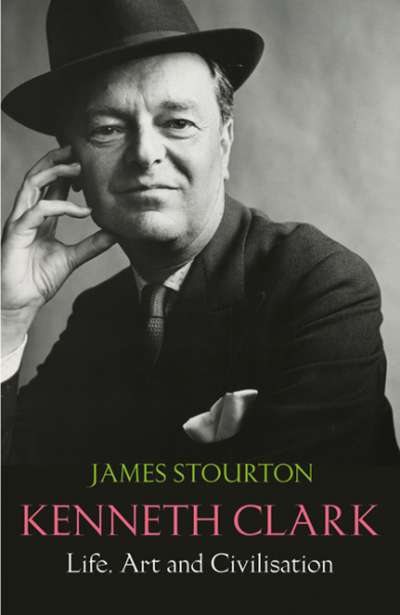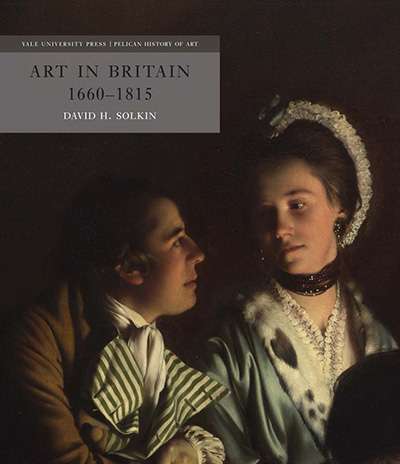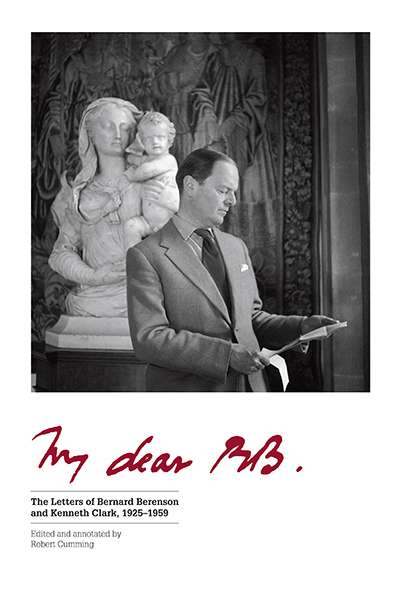Patrick McCaughey

Patrick McCaughey is former Director of the National Gallery of Victoria, the Wadsworth Atheneum in Hartford Connecticut, and the Yale Center for British Art. His most recent book is Strange Country: Why Australian Painting Matters (2014). His other works include Voyage and Landfall: The Art of Jan Senbergs (2006). He writes regularly for the Times Literary Supplement and Australian Book Review. He lives and works on the banks of the Quinnipiac River in New Haven, and has recently finished editing Fred Williams: Diaries 1963–1970 for the Miegunyah Press.
The geography of art post 1945 has a boringly settled look and needs disturbing. This engaging and readable book makes a useful starting point. The standard view begins with the switch of the centre from Paris to New York, and so it remained for the next fifty years or so until the shoals of post-minimalism washed up on the stony beach of postmodernism.
... (read more)
Barry Hill’s collection of essays from the last four decades is commanding and impressive. Few could match his range of subjects: from Tagore to John Berger, Lucian Freud to Christina Stead – all, for the most part, carried off with aplomb. He catches the ‘raw’ edge of Freud’s studio – ‘worksite’ as Hill calls it – ‘the sea of bare boards that rise into so many paintings, the t ... (read more)
Elizabeth Hardwick is, unfairly, better known outside of New York as Robert Lowell’s second wife, who heroically endured twenty-three years of tumultuous and tortuous marriage. She inspired his finest love poetry:
All night I’ve held your hand,as if you hada fourth time faced the kingdom of the mad –its hackneyed speech, its homicidal eye –and dragged me home alive …
Sleepless, you hol ... (read more)
Tate Modern excelled itself with its Giacometti retrospective. It’s not easy to take a familiar modern master and return a new and compelling view of his work. Many years ago, MoMA in New York failed the challenge abysmally. They had nothing new to say about the artist and went through the motions of a retrospective. Worst of all: you came away thinking that Alberto Giacometti (1901–66) was ti ... (read more)
Kenneth Clark had a life like no other art historian or critic, gallery director, arts administrator, patron, collector, or presenter on television. Whatever he touched, he left a sheen of brilliance. He was handsome, charming, and debonair. And he was rich, spending his last three decades as the lord of Saltwood Castle. His father, the raffish and boozy Kenneth McKenzie Clark, had made a fortune ... (read more)
A major revolution swept through British art history in the 1980s. It shook up its genteel ways and turned it resolutely, even militantly, towards the social history of art. John Barrell's The Dark Side of the Landscape, Michael Rosenthal's Constable, Ann Bermingham's Landscape and Ideology, and Marcia Pointon's Hanging the Head were the key texts. The most incendiary of the new British art histor ... (read more)
Philippe de Montebello was Director of the Metropolitan Museum of Art for thirty-one years. The astonishing length of his tenure is matched by the brilliance of his reign. Every part of the museum's forty-plus acres of exhibition space was renewed or transformed during those years, from classical antiquity to twentieth- and twenty-first-century art. Not a tatty corner or a tired old gallery remain ... (read more)
By some accounts, it was love at first sight. When Kenneth Clark, recently graduated with a 2A from Oxford, lunched with Bernard Berenson at I Tatti in September 1925, BB impulsively invited him to collaborate on the revised edition of his chef d’oeuvre: The Drawings of the Florentine Painters, Classified, Criticized and Studied as Documents in the History and Appreciation of Tuscan Art with a C ... (read more)
Every student of Australian art knows that when Arthur Boyd went to London in 1959 and paid his first visit to the National Gallery, two paintings laid siege to his imagination. Titian’s The Death of Actaeon was one from which came Boyd’s tormented Nude and Beast series. The other was Piero di Cosimo’s panel now spiritlessly titled A Satyr Mourning over a Nymph, then known as The Death of P ... (read more)

